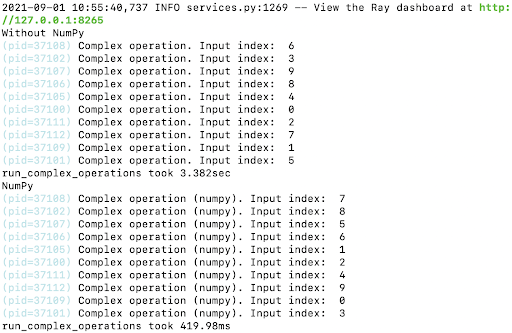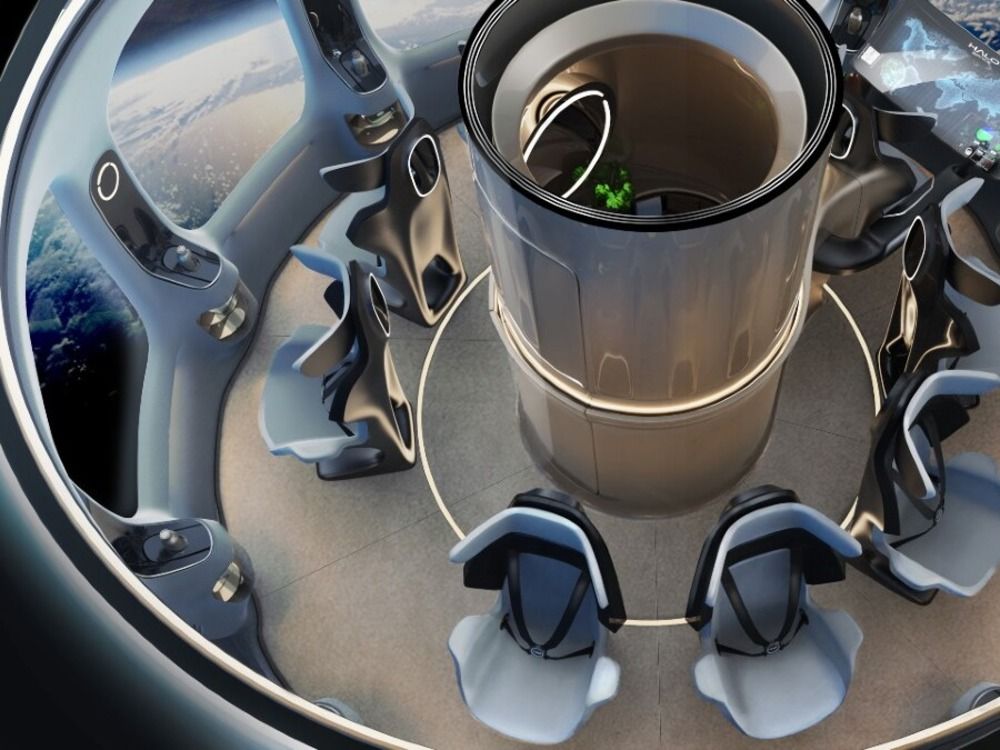GitHub - cloneofsimo/lora: Using Low-rank adaptation to quickly fine-tune diffusion models.
Using LoRA to fine tune on illustration dataset : $W = W_0 + \alpha \Delta W$, where $\alpha$ is the merging ratio. Above gif is scaling alpha from 0 to 1. Setting alpha to 0 is same as using the original model, and setting alpha to 1 is same as using the fully fine-tuned model.
Thanks to the generous work of Stability AI and Huggingface, so many people have enjoyed fine-tuning stable diffusion models to fit their needs and generate higher fidelity images. However, the fine-tuning process is very slow, and it is not easy to find a good balance between the number of steps and the quality of the results.
Also, the final results (fully fined-tuned model) is very large. Some people instead works with textual-inversion as an alternative for this. But clearly this is suboptimal: textual inversion only creates a small word-embedding, and the final image is not as good as a fully fine-tuned model.
Well, what's the alternative? In the domain of LLM, researchers have developed Efficient fine-tuning methods. LoRA, especially, tackles the very problem the community currently has: end users with Open-sourced stable-diffusion model want to try various other fine-tuned model that is created by the community, but the model is too large to download and use. LoRA instead attempts to fine-tune the "residual" of the model instead of the entire model: i.e., train the $\Delta W$ instead of $W$.




















